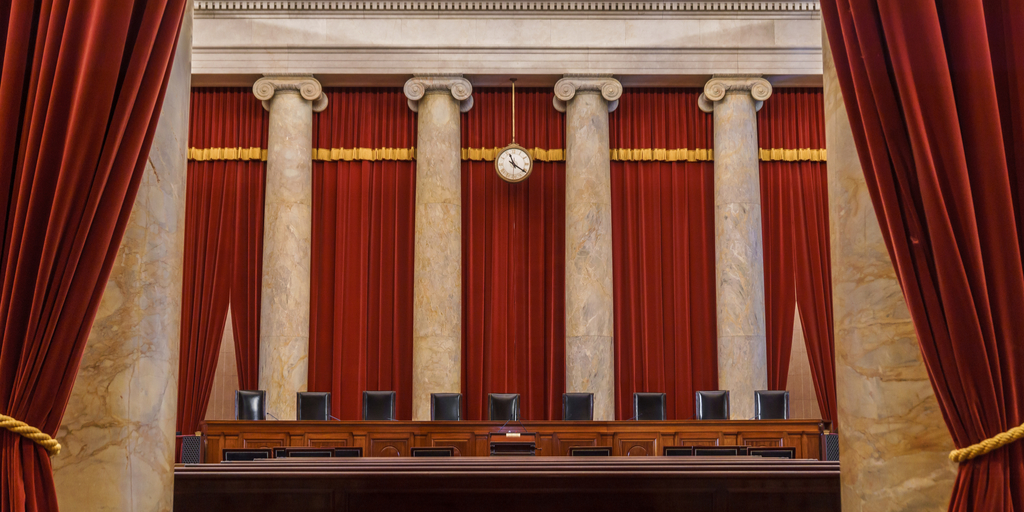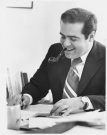Which Justices Are Originalists?
In a discussion on constitutional theory at Middlebury College, my fellow panelist argued that there were at most two originalists on the Court—Clarence Thomas and Neil Gorsuch. His claim raises the interesting question of how to classify the justices. I think they fall into three camps, two of which have claims to be originalist.
The easiest justice to classify as originalist is Justice Thomas. While it is important to note that he will not go on a spring cleaning of constitutional law on his own, he follows the original meaning even against long standing precedent, if the parties ask for that precedent to be overruled. Gorsuch may join him in this approach, but it too early to tell.
But Chief Justice John Roberts and Samuel Alito also have claims to be originalists in this sense: they regularly follow original meaning as the exclusive guide to interpretation in cases they consider to be genuinely those of first impression. They joined Justice Scalia’s famous originalist opinion in Heller. They joined his wholly originalist opinion in Noel Canning on the Recess Appointments Clause. In NFIB v. Sebelius, the Chief Justice wrote a wholly originalist analysis to conclude that the Commerce Clause encompassed regulation of activity, but not mandates to undertake it.
It is true that these justices declined to join Justice Thomas’s effort to revive the Privileges or Immunities Clause in McDonald v. Chicago—the case that applied the Second Amendment to the states. But neither did Justice Antonin Scalia—a justice thought to be a quintessential originalist. Indeed, their difference with Justice Scalia may be largely one of degree—they are less willing to overrule precedent than he was, although, as I have noted before, one important criticism of the late Justice is that he did not have a consistent theory of when to overrule non-originalist precedent.
And it is not only that they are originalists in cases of first impression. They often try to move doctrine in an originalist direction, as when Chief Justice Roberts wrote an opinion invalidating a law that doubly insulated subordinated officials from Presidential control, even though precedent had previously permitted substantial insulation. Thus, the original meaning of the Constitution (which gives the President the authority to remove executive officials) has more generative force for them than precedent does, at least when precedent is not so thick on the ground as to cover most of the relevant constitutional issue space.
They are thus quite different from the other justices on the Court, who may not be originalists even in cases of first impression. If originalists want to make Chief Justice Roberts and Justice Alito (and perhaps Justice Brett Kavanaugh) move in the direction of Thomas and Gorsuch, they need to offer a principled theory of precedent that allows such justices to overrule more non-orginalist precedent without creating what the Chief Justice and Justice Alito would perceive to be too much uncertainty in the law or the imposition of large social costs. Mike Rappaport and I have offered such rules. But we acknowledge that there is much more work to be done in this area. It is the area of originalist theory that would do the most to transform the Court’s practice.


